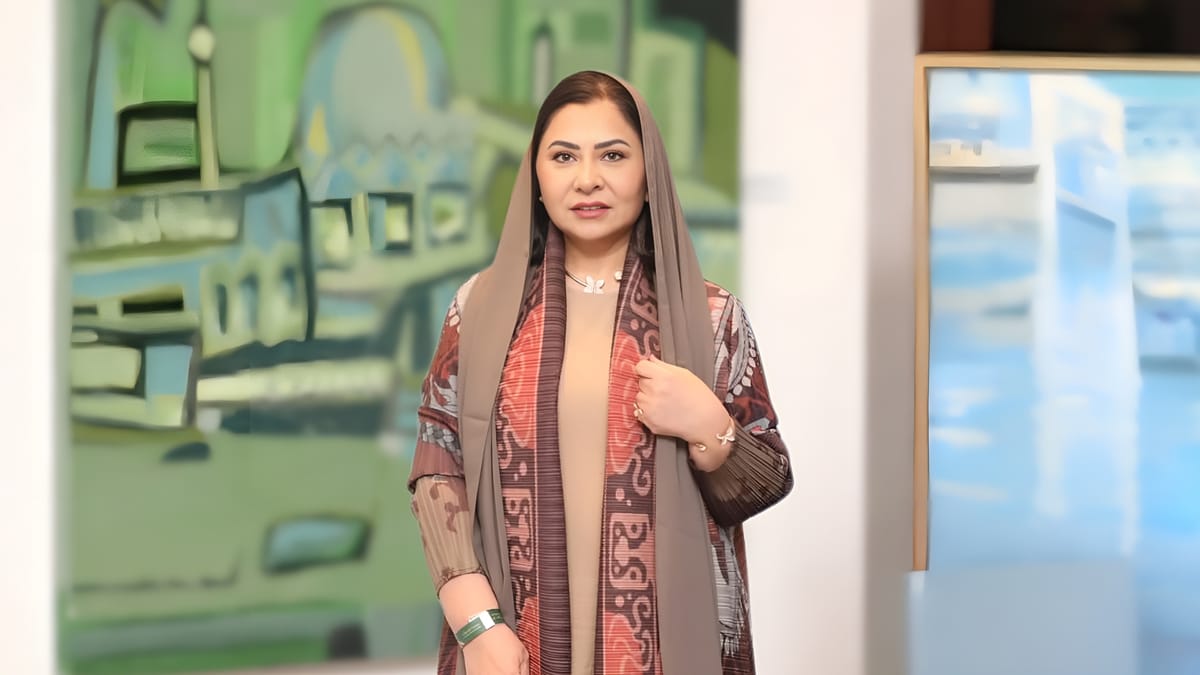
Riyadh-born painter Najla Al-Saleem extends the modernist legacy shaped by her father, Mohammed Al-Saleem, and makes it her own. She translates the "horizon" into an upright visual language: vertical fields, disciplined color, and calligraphic traces that map the city and the private interior, especially women’s lives. Grounded in Saudi memory yet fluent in a contemporary urban register, her work is measured, precise, and instantly recognizable.
“My father is my first master, the first to influence everything in my life.” — Najla Al-Saleem
Inheritance And Personal Language
Najla grew up inside a home that valued art and discipline. Her father helped define Saudi modernism through a concept often called "horizonism". He looked at the desert line and reduced it to bands of color and movement. Najla keeps that line, but she stands it up.
Her canvases are vertical and calm. Lines gather like soft architecture. Openings suggest doors and courtyards. Figures appear as gentle silhouettes rather than full portraits. The result is a language that honors her father and speaks clearly in her own voice.
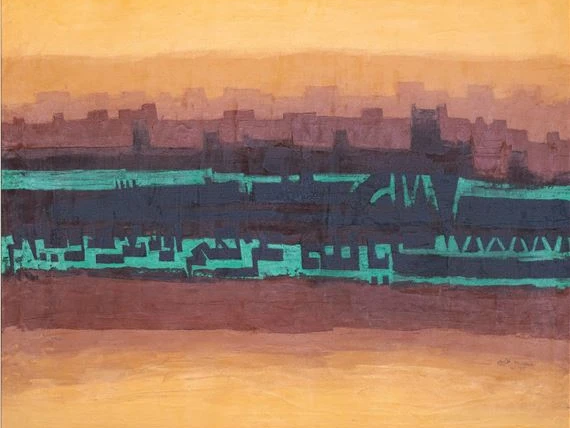

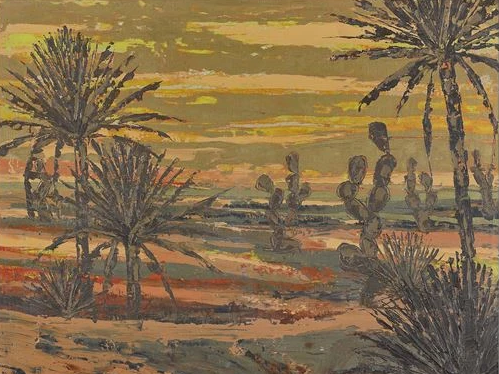
Renowned Late Artist Mohammed Al-Saleem (1939–1997), Known for "Horizonism".
Scientific Start
Before art became her full focus, Najla studied chemistry at King Abdulaziz University in Jeddah. The lab taught patience, method, and close observation. These habits still guide her studio process today. She later completed a Bachelor of Fine Arts at Eastern Michigan University, where she deepened her training in color, composition, and drawing.
Teaching and Shift To Practice
After university, Najla worked in arts education in Riyadh. She taught, supervised programs, and supported young artists. This period grounded her in community and gave her a clear sense of how people learn to see.
Over time, she moved from the classroom to the studio. Since 2015 she has worked as an independent artist based in Riyadh. The shift allowed her to build series that develop slowly and to refine a consistent visual grammar.
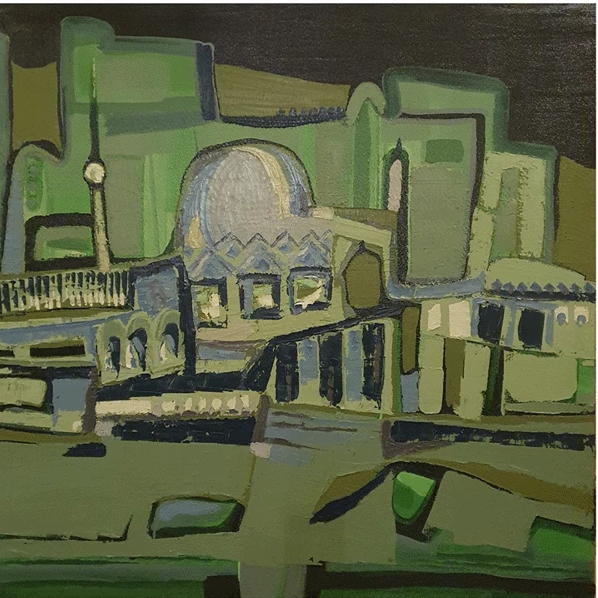
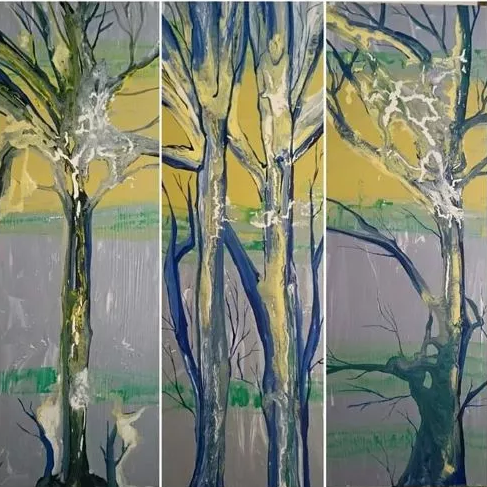
The City As Memory
Najla often paints the city as layers of time. She does not chase landmarks. She studies mood. Olive, sand, and dusk tones create a sense of place. Horizontal traces recall old streets and rooflines, while vertical bands feel like towers and light shafts.
The city becomes an archive of daily life. You can sense stairwells, shaded alleys, and the pause of late afternoon. Her paintings invite viewers to slow down and read these small signals.
The Female Interior
Women are central to her work. Sometimes a figure is visible. More often a figure is implied by space, fabric, and the direction of line. Visibility becomes a choice, not a rule. Najla also plays with Arabic words that carry more than one meaning. She lets a title guide the mood of a series. In this way, language joins color and line as a tool.
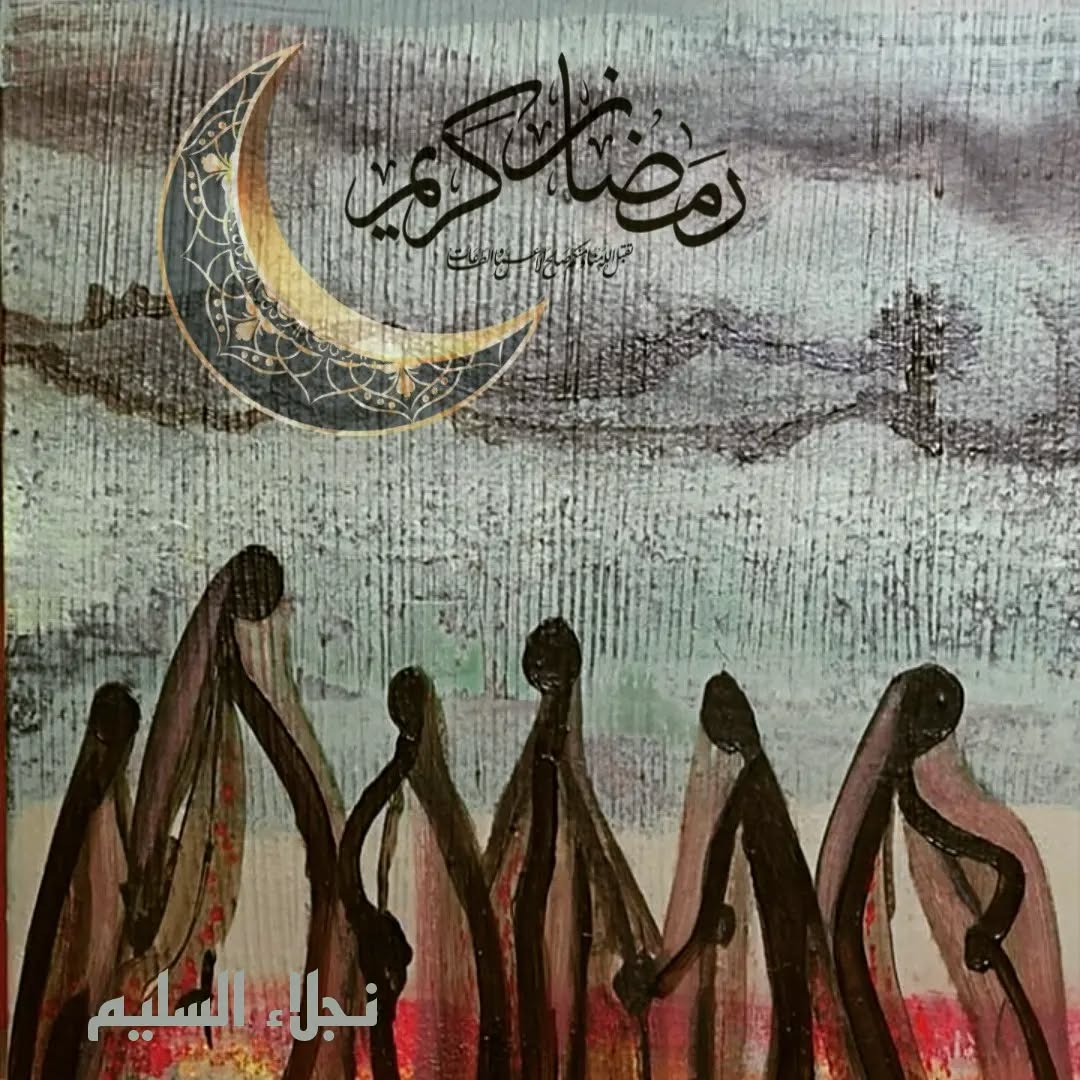
Saudi Art House
Najla directs the Saudi Art House, first founded by her father in 1979. The space supports exhibitions, workshops, and dialogue. It protects a heritage while welcoming new voices. The Art House acts like a living archive. Young artists can learn from the past and still find space to experiment. The balance between memory and growth mirrors Najla’s own practice.
“The group provided a haven for all Saudi artists who felt lost and had nowhere to go.” — Najla Al-Saleem
Archiving a Legacy
Najla also cares for her father’s artworks and documents. She works to place key pieces in public view and trusted collections. By doing this, she helps local and international audiences understand the early steps of Saudi modern art. Her role is artist and archivist at once. This double role is rare and important. It keeps history close to the present and keeps the present honest about its sources.
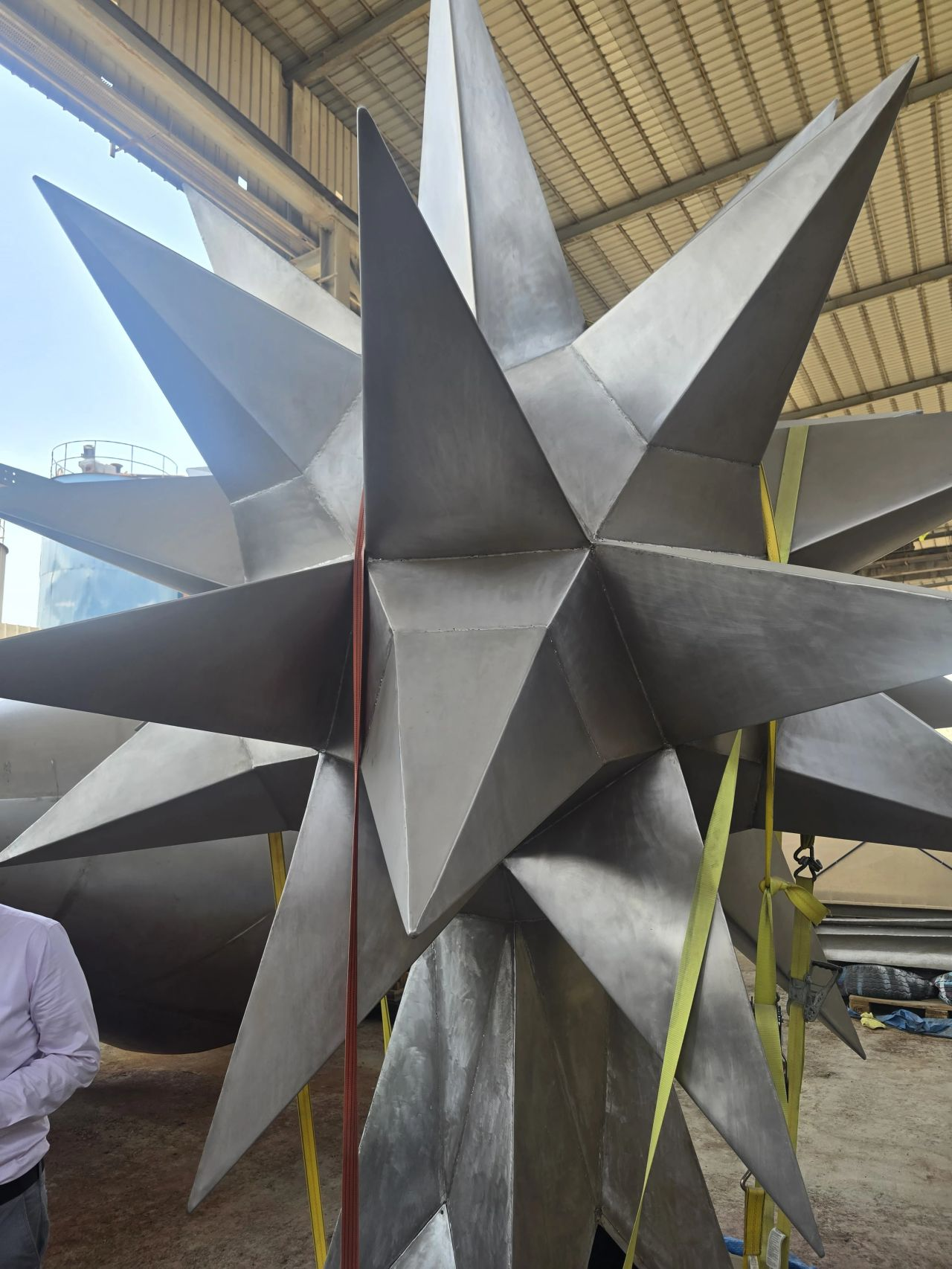


Exhibition Milestones
Najla’s first personal exhibition took place in Dubai. It introduced her vertical approach and her quiet palette. The show made clear that the horizon could be read in a new way. She later presented focused bodies of work in Riyadh. Each show refined her method and expanded her themes. Together, these exhibitions formed a clear arc from early exploration to mature clarity.


An interactive series by Najla Al-Saleem celebrating Najdi palm culture: dates, wood, leaves, and fibers.
From Gallery To Heritage Site
As her practice grew, Najla showed in heritage settings. Diriyah’s historic precincts offered stone walls, courtyards, and open air. These places echoed the spaces inside her canvases. Presenting in such sites changed the viewing rhythm. People walked, paused, and looked through doorways. The paintings felt at home among real thresholds and long lines of shadow.

Collections and Recognition
Regional institutions have acquired her work. These placements put her alongside artists who map change across the Gulf and the wider Arab world. The context matters. It allows her practice to be read within a larger story of culture and form. Collectors respond to her consistency and restraint. The paintings do not rely on spectacle. They rely on balance, rhythm, and care.
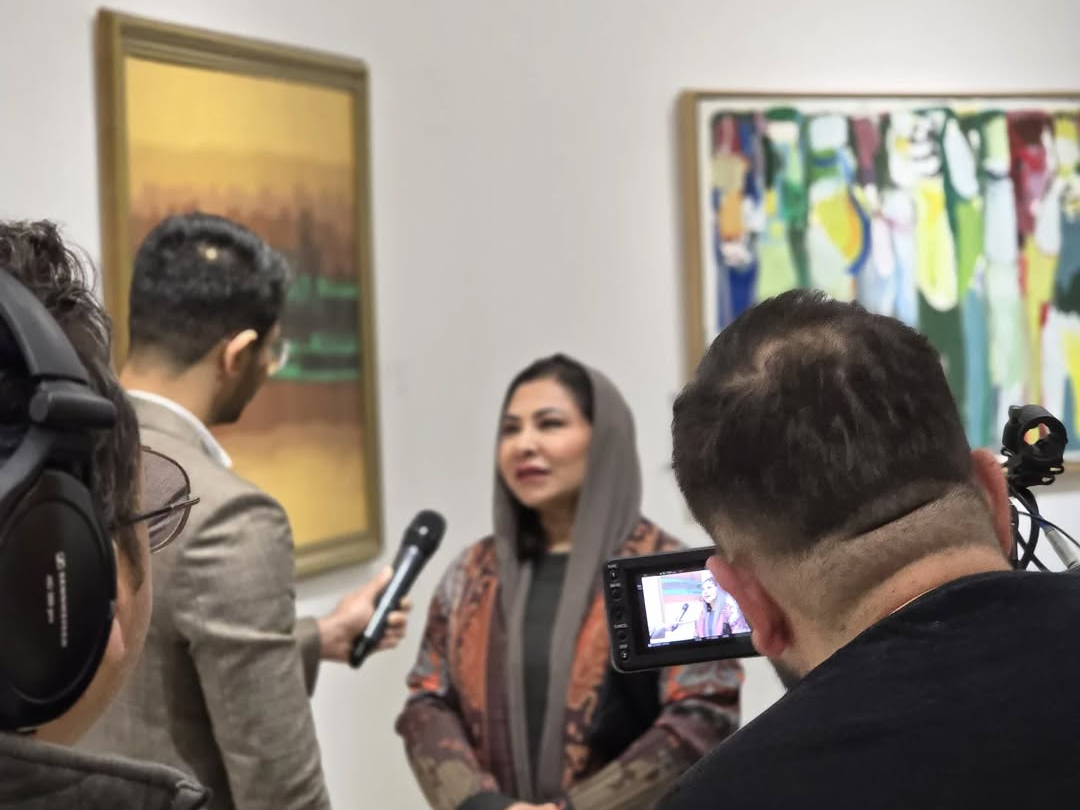
Barjeel Placement
The Barjeel Art Foundation holds a 2009 canvas by Najla. The work shows layered color fields and gentle linear movement. It feels like a city at dusk. The placement signals trust in her craft and in the depth of her project.

Memberships and Cultural Work
Najla is a member of the Saudi Society for Fine Arts and has participated with the Alwan Group in Riyadh. These networks support collaboration and exchange within the local scene. She has represented Saudi Arabia in cultural weeks abroad. Such programs build bridges and give international audiences a direct view of Saudi art from artists themselves.
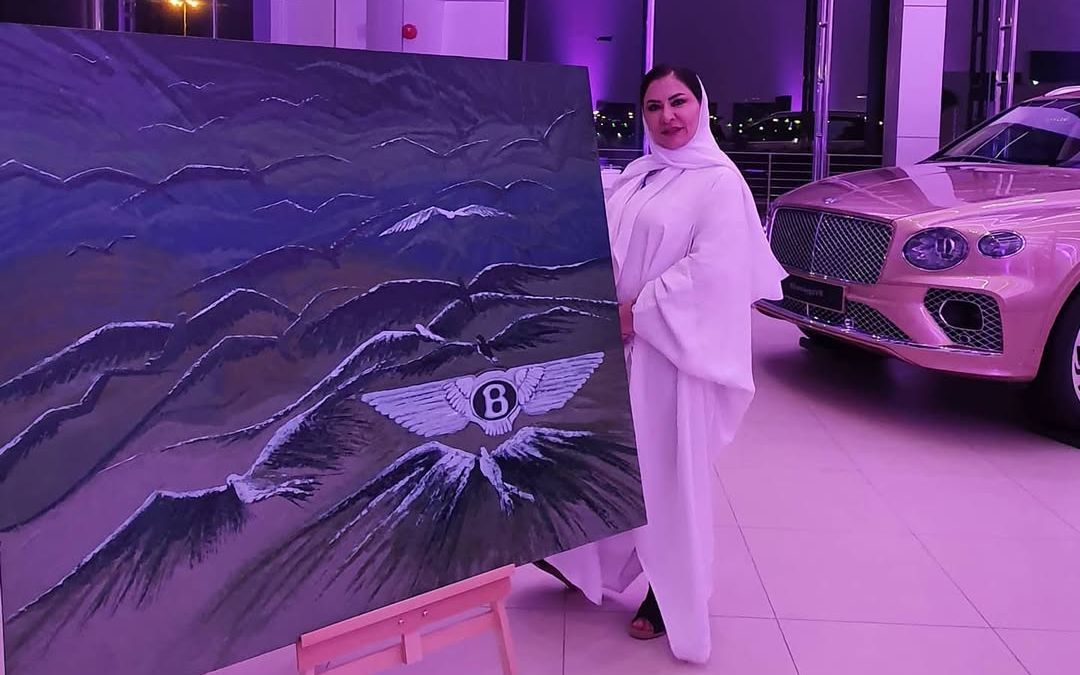
Two Solo Exhibitions
Alongside group shows, Najla has staged two personal exhibitions in Riyadh and Dubai. These exhibitions functioned like laboratories. They let ideas develop across a full room and gave visitors a clear read of her method and themes.
Recent Momentum
In recent years, Najla’s work has appeared during cultural seasons and heritage activations. These events draw large audiences and invite slower looking. Her paintings meet this moment well. They reward patience and attention to small shifts of tone and line. The rise of Saudi art has also created new contexts for her practice. Institutions, archives, and galleries are growing. Najla’s steady voice offers a calm counterpoint within this rapid change.
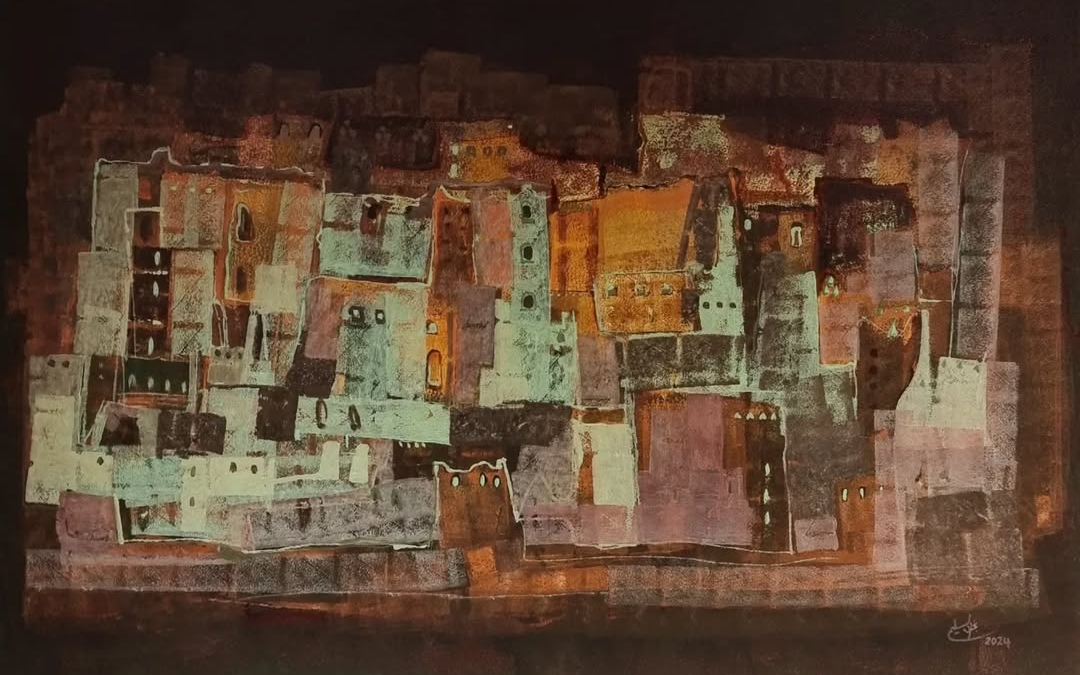
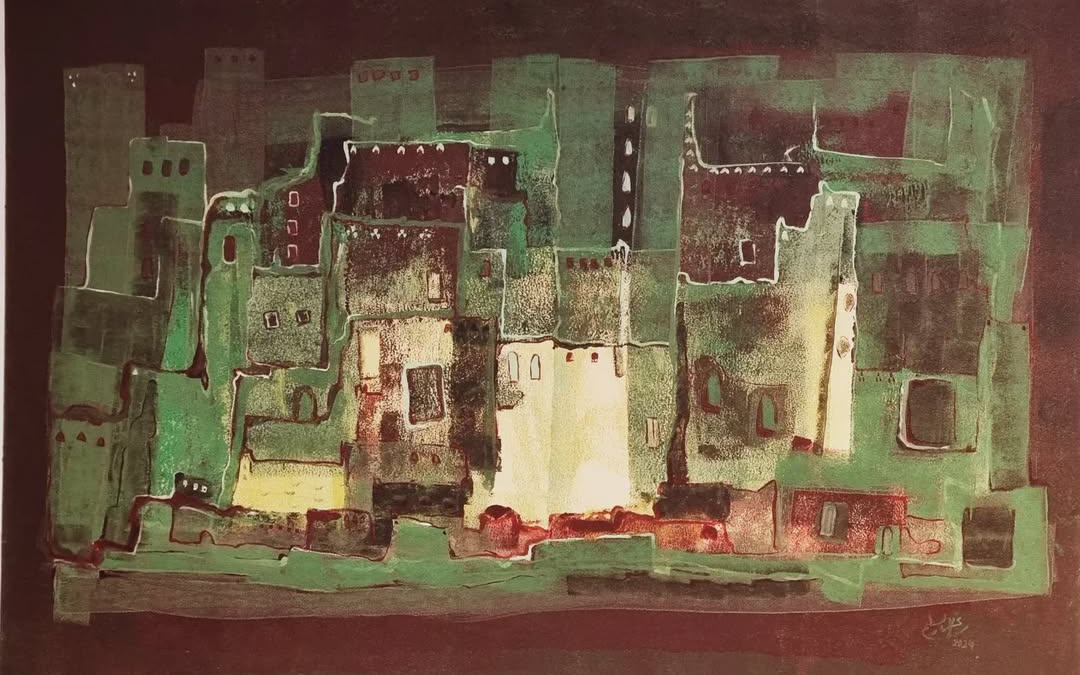
Public Presence
Najla shares occasional studio images and progress shots online. Even so, her public voice is modest. The work speaks first. When her paintings are shown together, they suggest a constant idea: the city and the self are built from many quiet parts.
She is careful with titles, rhythms, and scales. Nothing feels rushed. Each series adds one more clear step to the path she is making.
A Language for a Changing Kingdom
Najla belongs to a generation that works with care during a time of speed. She respects history and treats it as a living tool. She looks at the present with equal respect. Her vertical horizons hold both views at once.
“We should revive the valuable artistic treasures at museums so that everyone can see them, especially the new generation.” — Najla Al-Saleem
This is why her work matters. It turns a national visual memory into a current language. It gives space to women’s experience without turning away from the shared city outside. It offers a way to see that is calm, exact, and open.
Inspired by Dr. Zahrah Al-Ghamdi?
Explore more artist stories that shape Saudi culture at KSA Art.

